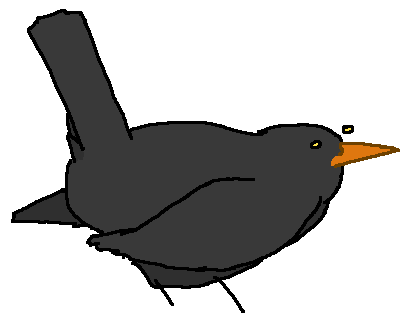Playing
Around With Simple Interfaces is one of my least favourite posts.
It never fully clicked for me and so I never felt satisfied with it.
Worst part is that I still think that there is something somewhat
interesting there to say.
I feel like the examples used there are lacking and because of it I
have no idea what author wants to say. Is it about low abstraction level?
Is it about being common and/or universal? Or is it just hippie-dippie?
What is it? Can someone please explain it to me?
Nonetheless, somehow, I feel I recently found two more interesting
examples expressing the same sentiment.
git-log(1) offers --follow flag to list history
of a file including the renames. Caveat is that it works only for a
single file. While restructuring the blog, I wanted to confirm that dates
tracked in posts are correct. Because older posts were imported into the
repository and because I didn't track commits without meaningful changes
the whole verification process involved some manual decision making.
I use lf for moving
around the file system. It usually has one pane reserved for previewing
currently selected file or directory. User can specify a shell command
to execute to generate the preview. Meaning I can replace file preview
with something else...
By running simple set previewer follow then
^R it could be used to instantly see all meaningful
information intended for the task on hand. Nothing spectacular, yet
tig(1) was seemingly unable to do it. follow content can
be pretty much guessed just by looking at the result, for reference:
#!/bin/sh
grep '<meta name' --color=always "$1" && echo
exec git log --color=always --follow "$1"
Luckily for me, none of the files had history long enough for it to
not fit on my screen with the default format.

Second example is a bit more orthodox as it involves your regular
day-to-day plumbing solutions. It's somewhat special because it involves
a number of moving parts and builds upon existing workflow. In my
sxhkd configuration,
among other shortcuts, I have the usual Super+Shift+S for
screenshots, Super+Shift+R for recording, or, slightly less
common, Super+C, C for a two minute timer. Don't ask why.
I also have Super+Shift+X. I don't remember why exactly
I needed it in the first place. Most recently, I used it to quote a
paragraph from a PDF. It reads text from screen, be it image, render,
or actual text, and copies it into clipboard. Sxhkd runs a simple script
in response to the shortcut:
#!/bin/sh
if GEOMETRY=$(slop); then
if maim -ug "$GEOMETRY" | tesseract -l pol - - | xclip -sel c; then
TEXT="$(xclip -o -sel c)"
notify-send -t 5000 -w "Text read!" "$TEXT"
fi
fi
An exemplary pipeline. Slightly better, because maim(1)
pushes binary image data to tesseract(1) making it closer to the
example from the original post. This takes me back to when I first
started playing with dmenu-esque programs. Do you have any examples
that feel like they would fit here? Feel free to share them with me.